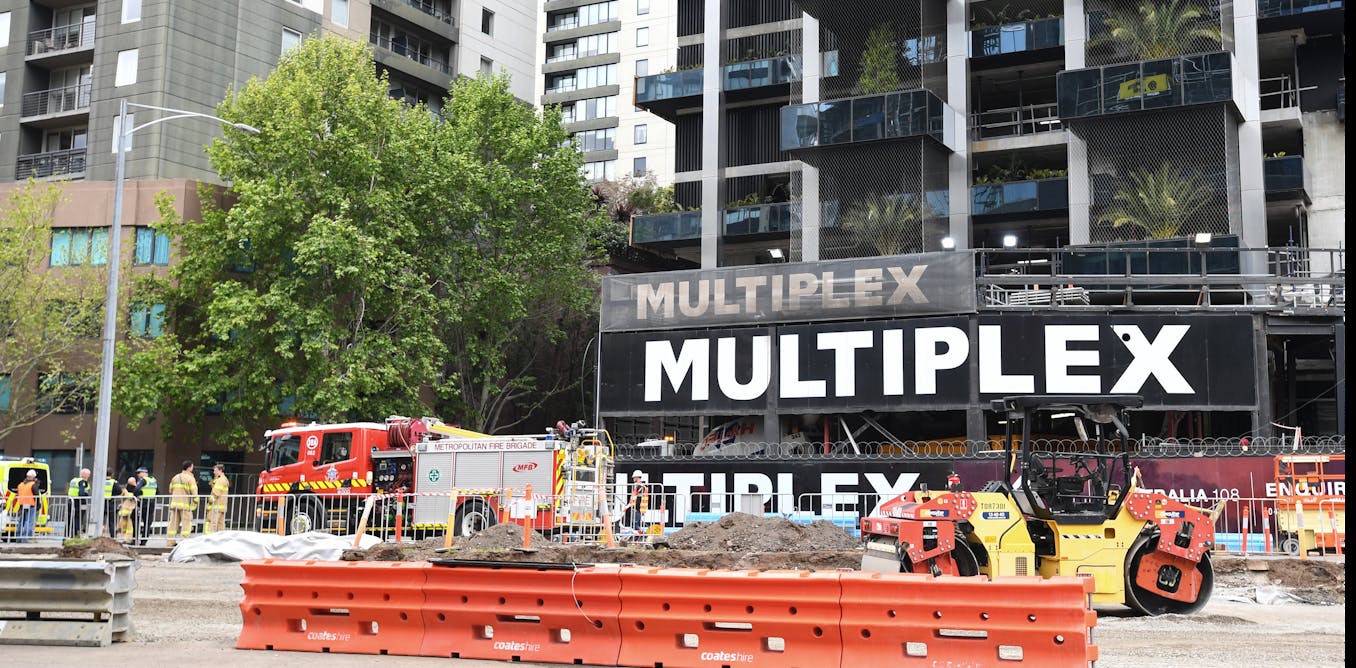Home / Nature & Environment / Ecology / Bringing Urban Nature Into the Cities of Tomorrow / Understanding obstacles to the implementation of NbS
This article is from the free online
Bringing Urban Nature Into the Cities of Tomorrow


Reach your personal and professional goals
Unlock access to hundreds of expert online courses and degrees from top universities and educators to gain accredited qualifications and professional CV-building certificates.
Join over 18 million learners to launch, switch or build upon your career, all at your own pace, across a wide range of topic areas.


 Thousands of city trees have been lost to development, when we need them more than ever, The Conversation, Erik Anderson/AAP
Thousands of city trees have been lost to development, when we need them more than ever, The Conversation, Erik Anderson/AAP
 Uptake and implementation of Nature-Based Solutions: An analysis of barriers using Interpretive Structural Modeling, Science Direct
Uptake and implementation of Nature-Based Solutions: An analysis of barriers using Interpretive Structural Modeling, Science Direct






